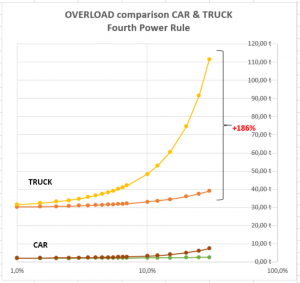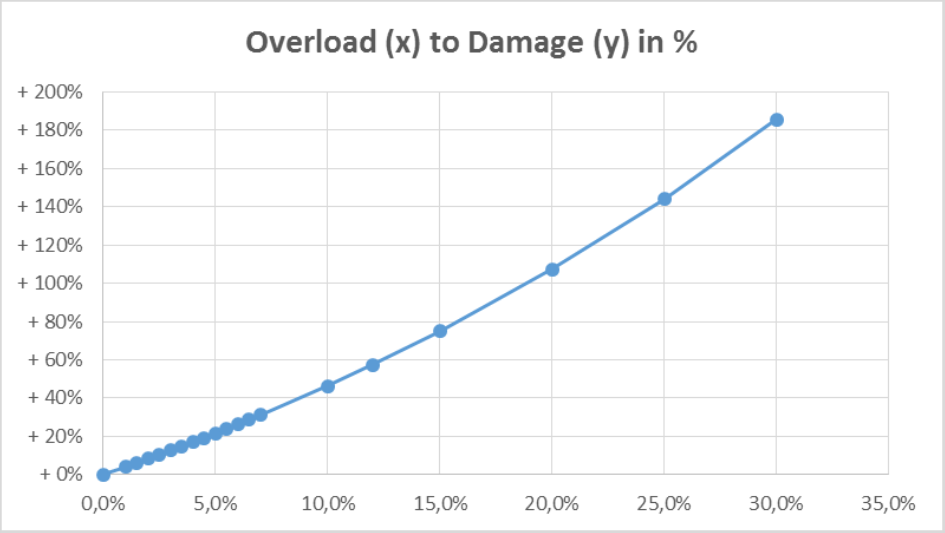Author
László Ketskeméty
Mini Project ID
BMEMPLOAD1
Description
An EU committee of experts is being appointed to examine the following issue and to develop proposals for a solution:
Illegal overweighting of heavy goods vehicles is a major problem throughout Europe. Heavy goods vehicles, buses and coaches transporting goods in Europe must comply with certain rules on weights and dimensions for road safety reasons, and to avoid damage to roads, bridges and tunnels.
Directive 96/53 / EC lays down common measures to ensure that Member States may not restrict the movement of vehicles that comply with these restrictions during international transport operations on their territory. In order to avoid that national hauliers gain an unjustified advantage over their competitors from other Member States in national transport, they are required to comply with the rules of international transport.
On 15 April 2013, the European Commission published a proposal to amend Directive 96/53 / EC on the weights and dimensions of heavy-duty vehicles. The reason for the amendment was that they run with a heavier-than-permitted load of trucks and trailers. Overweight trucks negatively affect road safety, accelerate road surface degradation, infect the environment due to higher emissions due to higher loads, and, in addition, destroy fair supplier competition, to the detriment of fair, law-abiding suppliers. Every third vehicle inspected is found to be overloaded by the authorities, often by 10-20%. Although offenders are fined, the authorities reach only a small fraction of them. Overloaded vehicles also make a negative contribution to road safety. Vehicles perform worse, lower speeds are uphill on hillsides, and downhill speeds result in inefficient braking, and an increased risk of congestion. In addition, vehicles will be less stable as braking efficiency decreases.
Studies show that the fourth power of the increase in the weight load is proportional to the deterioration of the road surface quality index. Therefore, heavy-duty vehicles are largely responsible for road deterioration.
Better control is a priority for the European Commission and with the latest amendment to Directive 96/53 / EC on weights / dimensions, the Commission is also working to improve its mass enforcement. If weight control of heavy vehicles could be conducted on a massive scale and automatically with IoT (Internet of Things) technology, the problem outlined above could be solved in one fell swoop.
The committee must consider the task of tracking the movement of heavy vehicles in a complex way, linking it to the problem of monitoring the road network.
Sector
VET
Data

Damage to the excess weight of cars and heavy vehicles on the road surface under the fourth power rule.

Weight gain (x), degree of road damage (y) in %
Model
N/A
Calculation
N/A

This is a good example.
Thank you.